Missing Titanic sub: Five theories of what went wrong
Maritime experts have revealed theories on why the Titan sub went missing with five people on board, as reports reveal the vessel was cobbled together and not peer approved.
As the desperate search and rescue mission for OceanGate’s Titan sub intensifies in the Atlantic Ocean, reports claim that the vessel was made of ‘improvised’ parts, as experts share their theories on what may have gone wrong with the vessel, which has five people on-board.
The submersible was touring the wreckage of the Titanic, when it lost contact with its support vessel, the Canadian research icebreaker Polar Prince, about 1 hour and 45 minutes after it submerged on Sunday morning (local time). But the cause is unknown.
It is believed Titan was equipped with about four days worth of emergency oxygen but on-board circumstances may affect that.
Fears are now being raised over the “improvised” and “experimental” nature of the vessel and the inability for the passengers inside to escape since they are bolted within, with rusty construction pipes serving as the ballast, and lights purchased from a camping store.
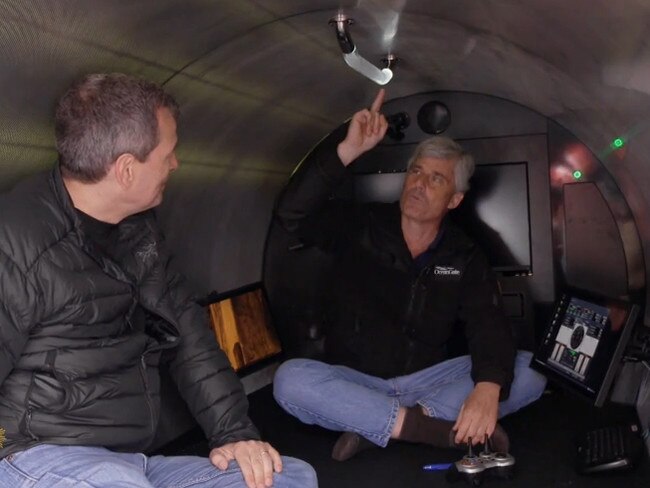
The Sun reports that OceanGate Expeditions devised the cramped 6.7m carbon fibre submersible with only one porthole at the front and no GPS system, rather navigation occurs through text messages exchanged using an acoustic system with a team on the surface.
Strange footage from inside the vessel reveals that is all unusually run by a Xbox-style controller and can mostly be operated using only one button.
“It should be like an elevator, it shouldn’t take a lot of skill,” explained Stockton Rush, CEO of OceanGate, in an interview with CBS.
The sub operators themselves declared it an “experimental” sub that “had not been approved by any regulatory body”.
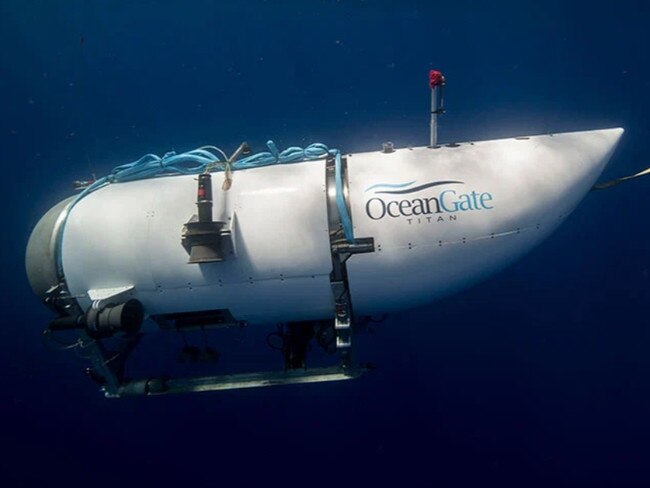
Journalist David Pogue travelled on-board the Titan last year and shared his concerns over some components of the sub seemed that “off-the shelf, sort of improvised”.
He told the BBC: “You steer this sub with an Xbox game controller [and] some of the ballast is [built from] abandoned construction pipes.”
And the inside lighting was bought from a camping shop.
He also explained that there is “no way” to communicate with the mini-van size vessel, nor can anyone inside the sub escape without external help.
Passengers are sealed within the main cabin by hefty bolts secured from the outside and have to be removed using external crew.
“There’s no backup, there’s no escape pod,” he said. “It’s get to the surface or die.”
On Tuesday the New York Times reported leaders in the submersible vehicle industry had sent a letter to OceanGate’s CUO in 2018, warning that the current experimental approach of the company could result in problems ranging “from minor to catastrophic.”
Most experts believe there are five likelihoods of what went wrong:
Loss of Communication
Former British Royal Navy Rear Admiral Chris Parry said the vessel’s communications system may have gone down.
“I mean there’s an optimistic option that is either they lost an umbilical connection with the surface or indeed there’s been a malfunction and the submarine is continuing to operate but obviously out of contact with its mother ship,” he told Sky News.
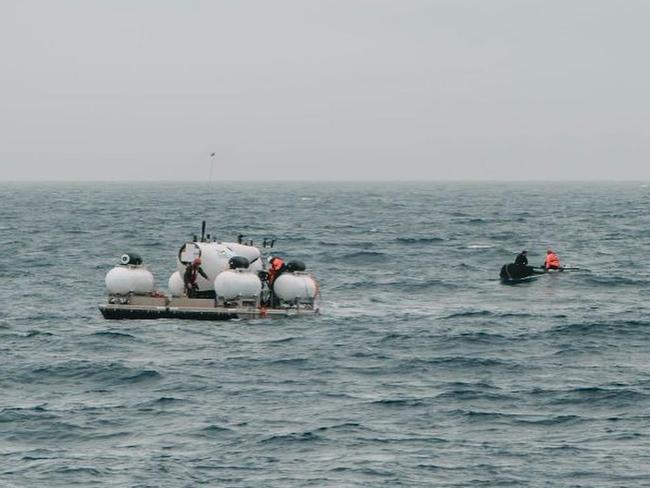
CBS journalist David Pogue, who went on the trip last year, said his vessel got turned around looking for the Titanic after it lost communication.
“There’s no GPS underwater, so the surface ship is supposed to guide the sub to the shipwreck by sending text messages,” Mr Pogue said in a segment aired on CBS Sunday Morning.
“But on this dive, communications somehow broke down. The sub never found the wreck.”
He said while on-board, his expedition was lost for 2.5 hours, resulting in the crew navigating it using a video game controller.
Power Blackout
Associate Professor Eric Fusil, director of the University of Adelaide’s Shipbuilding Hub said a power blackout could be a contributing factor.
“The Titan runs on batteries and a loss of power would mean loss of communications. It is unclear if power backups (Uninterrupted Power Supplies) are on the Titan at this point in time,” he said.
“This is why some submersibles have two independent sources of energy (electrical and other such as compressed air or hydraulic) to power safety systems.”
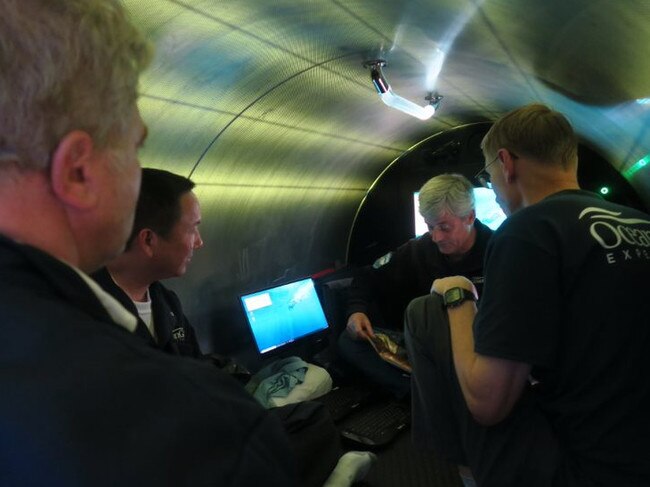
Marine engineering expert Professor Alistair Greig, of University College London, said submersibles often had a drop weight, which is “a mass they can release in the case of an emergency to bring them up to the surface using buoyancy.”
“If there was a power failure and/or communication failure, this might have happened, and the submersible would then be bobbing about on the surface waiting to be found,” he said, reports AP.

Fire
Assoc Prof Fusil said fire potentially could have been sparked by an electrical source, such as a short circuit.
“On top of ruining the submarine systems, the immediate danger is creating toxic fumes that would poison the atmosphere and intoxicate the passengers, potentially incapacitating them, unless they have access to Built-In Breathing Systems (sorts of oxygen masks),” he said.
Leak
Submersibles face increasing pressure the deeper they dive, Assoc Prof Fusil said.
“At 4000 metres, that is the equivalent of more than 4000 tonnes applied on an area of one square metre. Titan has a composite hull with in-built sensors that can withstand such pressure, but it requires a very accurate round shape,” he said.
“Any out of circularity defect could result in a near instantaneous implosion, less than 40 milliseconds, at such depths. We don’t know yet if any seismometers have detected such a phenomenon should the Titan have suffered that fate.
“Should some system failure cause the Titan to start to sink, systems such as safety leads, if fitted on the submersible, can be dropped to gain instant lightening and raise to the surface. It is a long climb though.”
A leak in the pressure hull would be problematic, Prof Grief said.
“If it has gone down to the seabed and can’t get back up under its own power, options are very limited,” he said.
“While the submersible might still be intact, if it is beyond the continental shelf, there are very few vessels that can get that deep, and certainly not divers.”
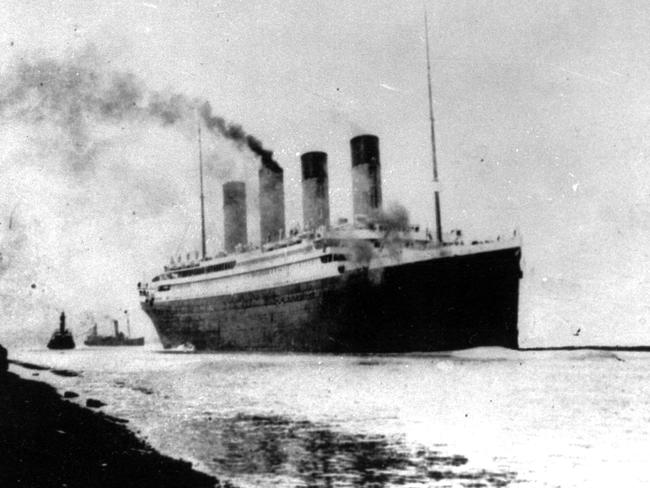
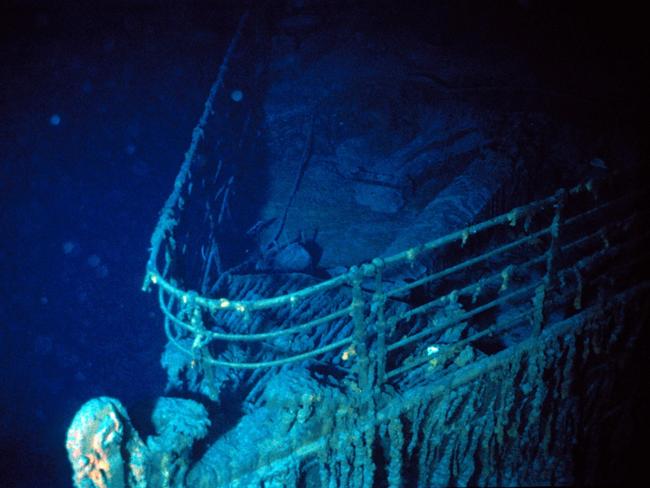

Entangling
Entangling from strong currents can occur undersea, Assoc Prof Fusil said.
“Submersibles stay away from anything that could entangle them and block them,” he said.
“A wreck, such as the Titanic, can present tricky spots if coming too close, where the Titan could get trapped and struggle to free herself.
Originally published as Missing Titanic sub: Five theories of what went wrong
Read related topics:Explainers




